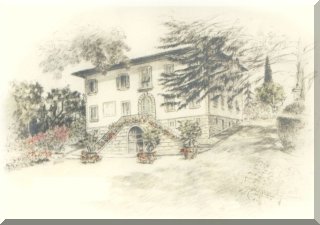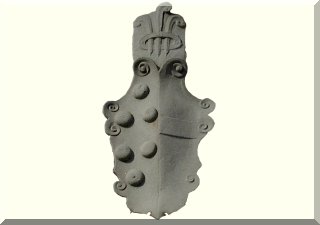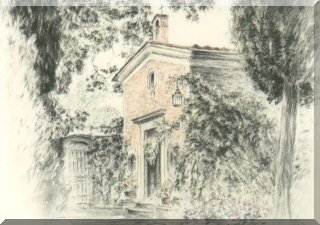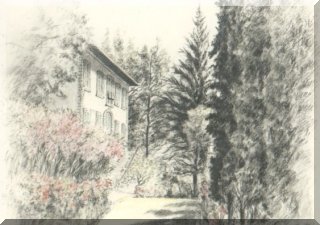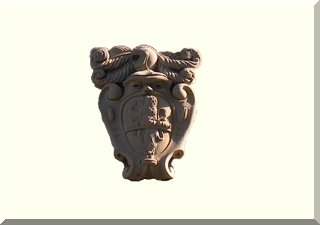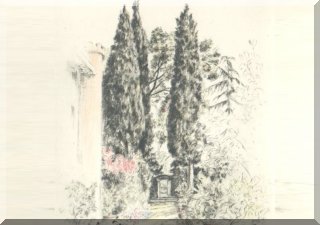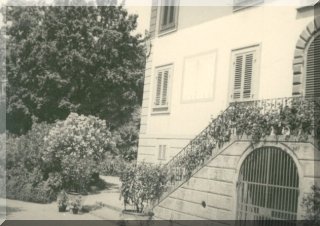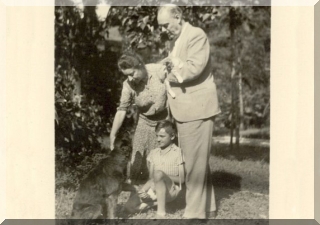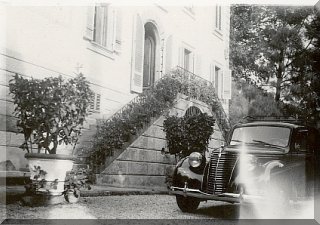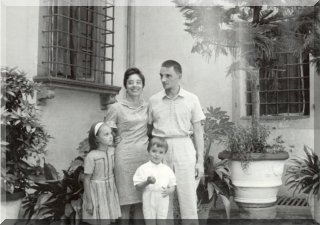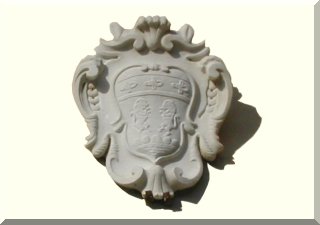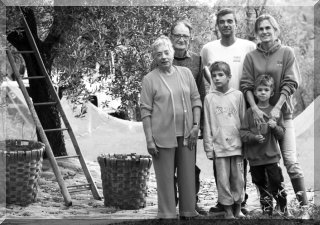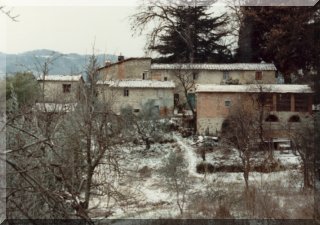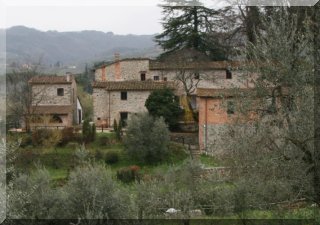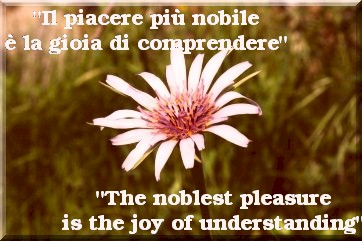During the summer of 2002, Francesco's son took over the
management of the estate. Mario Marchi Bartolozzi (geologist)
and his wife
Tine Pedersen (geophysicist) had decided for a radical change
in lifestyle, after many years working as expatriates in the Oil &
Gas Industry. Together they have given a strong push both to the
farming activity and the Agriturismo by introducing new modern
methods and unite all the estates activities.
Today the Villa
Stabbia estate is a
certified organic farm producing
award winning extra virgin olive oil, infused olive oil
and Vin Santo. With the restoration of the second
farmhouse and a stable (finished in May 2006), followed by yet
another apartment adjacent to the Villa (finished 2011), the
Agriturismo can now offer six apartments; and there are
already plans for converting the third and last farmhouse into long
term rental apartments.
In addition, a riding centre has
been established with stable, a dressage arena and a round-pen and
eight horses now graze the fields under the olive trees,
together with the first foal born here on the farm.
In August 2006, Tine's mother Jonna and
brother Jan decided to move to Italy and they now have an apartment
each on the farm. Hence today, there are three generations from two
families living and working at Villa Stabbia, Francesco, Jonna and Jan,
Mario and Tine and their son, Lau (born 1998).
Our
dearest little
Loke, Lau's younger brother, who was born in 2000, suddenly
passed away December the 13th 2006 and was laid to rest in the
family chapel.
Raffaella passed away in November 2013 and joined Loke in the
chapel.

